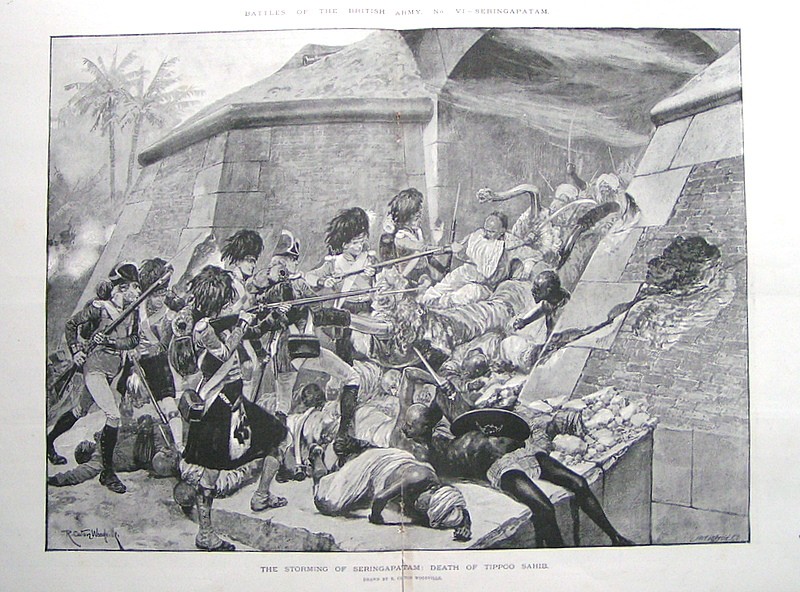One of the interesting things in thinking about The Moontstone and watching the development of the script as Rob has gone through drafts is how we think about the characters of the Indians as they appear in Victorian England and the history of the moonstone.
What surprised me about The Moonstone when I first read it is that Collins seems to show sympathy for the Indians about original theft of the stone from the statue of the moon god. It may be of interest to know that while Collins does not name the god the description fits with that of Chandra also sometimes known or combined with the god Soma. He pulls the moon across the sky in his chariot and is sometimes depicted riding on an Antelope. He is also a fertility god and associated with vegetation.
While Collins seems to rely on the exoticized east to use the three Indian travelers to create a sense of mystery and fear surrounding their presence in relation to the moonstone.
The status of the stone is already fraught. It has been stolen from the statue city of Somnauth and by a string of thefts and murders has ended up in a cache of stolen gems of Tipu Sahib. The story we are given about how Colonel Hearncastle killed (dishonorably) to possess the stone depicts the ugliness of colonialism and the looting that occurred throughout the British control of India. The stone inherited by Rachel Verinder is stolen goods and taken through violence.
A sense of sympathy is created for the three Indians, whom, we are told by the traveler Murthwaite, have forsaken home and caste to retrieve the stone. Collins also doesn't discount or minimize the mysticism of the Indians or any potential mystical associations with the stone. The Indians practicing scrying, looking into the future in a pool of ink is taken seriously by all but Betteredge. The fears many characters voice over the curse associated with the stone are again taken seriously so the Indians are not belittled as superstitious in comparison to the English.
At the same time it is difficult not to grapple with the fact that to a modern audience any depiction of three Indians in England at this time can seem racially charged, something I think Rob's adaptation goes to great pains to minimize. Ultimately the story is not about the fears of the other, the foreign. The fears and mystery lie in the actions and motivations of the family. One feels the stone might be best with the Indians as a form of restitution.

However, I don't want to minimize what Collin's audience would have known about British History in India. "The Storming of Serringpatam" in 1799 in which the stone is taken was a major British victory that ushered in the time of British rule in Southern India (and extended the reaches of the East India Company) in ways that were brutal to the local population. The novel is set in 1848 which is a year of revolutions in Europe (which colors and adds danger to Franklin Blake's European travels). It is also the year of Chartist demonstrations in London where many in the working classes rallied for reforms. Readers would have been aware of the cultural shifts and unrest in both England and abroad. Property, ownership, class and entitlement were not as solidly entrenched as they might have seemed.
Collins reading audience would have known of the earlier battle but also of the recent 1857 Sepoy Rebellion in which Indian troops near Delhi rebelled brought about the dissolution of the East India company in striking contrast to the time at which the gem was taken. Many of Collins' contemporaries referred to horrors inflicted on the English during this time period to portray Indians in a brutal and negative light which Collins seems to avoid but at the same time his readers would have read newspaper accounts about the violence of the Indian uprising and might have been prepared to view the three Indians as figures of fear.
Murthwaite is an interesting comparison to this. His presence in the story is because he is a noted traveler and valued for the conversation he will bring to the various dinner parties he attends when he is not traveling the world. He also acts as an interpreter for the actions and the language of the Indians for the other characters in the story. One source for the character of Murthwaite is John William Shaw Wyllie an Anglo-Indian traveller whom Collins would have met at his club. He also likely referred to the books Talboys Wheeler's The History of India and the Life of Sir David Baird by Theodore Hook.
No comments:
Post a Comment